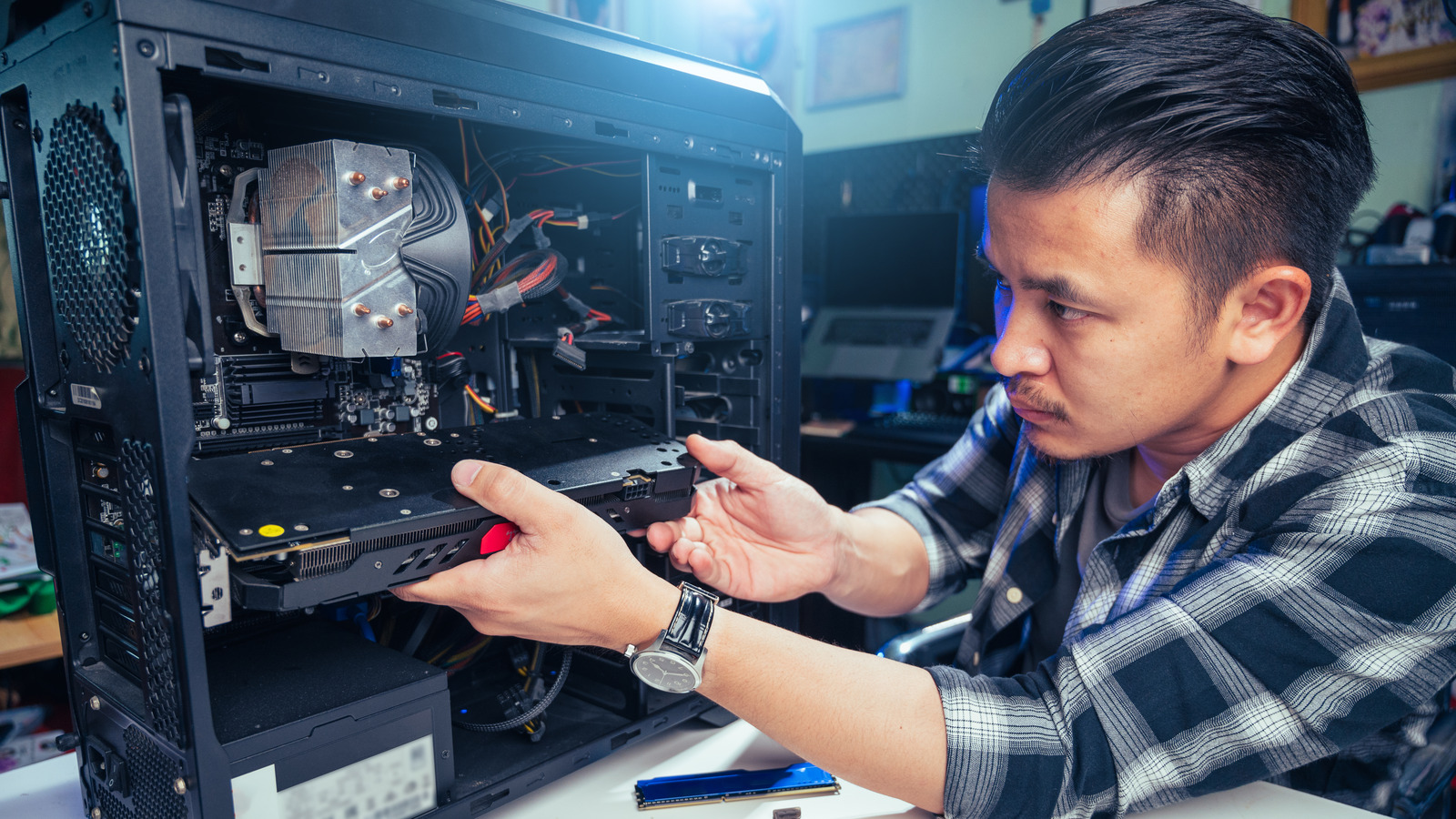Upgrading a pre-built PC might seem straightforward, but custom-made components can present unexpected challenges. While adding more RAM or storage is often easy, other upgrades may not be so simple due to proprietary parts.
Can You Upgrade A Pre-Built PC? The Answer May Not Be That Simple

Key Takeaways:
- Upgrading RAM or Storage Is Usually Easy
- Custom-Made Components Pose Challenges
- Proprietary Designs Limit Compatibility
- Research Before Upgrading
- Brand and Model Affect Upgrade Options
The Appeal of Upgrading Pre-Built PCs
For many computer users, upgrading a PC is a cost-effective way to boost performance without investing in a new machine. Pre-built PCs offer convenience and often come at competitive prices, making them attractive options for consumers. However, when it comes to enhancing these systems, the process may not be as straightforward as it appears.
The Simplicity of RAM and Storage Upgrades
Adding more RAM or increasing storage capacity is typically a simple task. These components are generally standardized, allowing users to easily find compatible parts. Upgrading RAM can improve multitasking abilities, while additional storage provides space for files and applications. Most pre-built PCs are designed to accommodate these common enhancements with minimal effort.
Challenges with Custom-Made Components
Beyond RAM and storage, upgrading other components can become complicated. Many manufacturers use custom-made parts tailored to fit their specific chassis designs. This means that standard components available on the market may not be compatible with these proprietary systems. For instance, power supplies, motherboards, or cooling systems might be uniquely sized or connected, preventing straightforward replacements or upgrades.
The Impact of Proprietary Designs
Proprietary designs limit compatibility, posing significant barriers for users looking to upgrade. These custom components can require specialized knowledge or parts sourced directly from the manufacturer. In some cases, upgrades may be impossible without significant modifications, which can void warranties or damage the system. This approach by manufacturers can keep production costs down but passes complexity onto consumers seeking flexibility.
What You Should Consider Before Upgrading
If you’re considering upgrading your pre-built PC, it’s essential to conduct thorough research. Start by reviewing the manufacturer’s documentation to understand the specifications and limitations of your system. Consult technical support or online communities for insights into what others have experienced with similar models. Knowing exactly what components are compatible can save time, money, and prevent potential headaches.
The Importance of Brand and Model
Upgrade options can vary widely between different brands and models. Some manufacturers prioritize modularity and ease of upgrade, while others focus on integrated designs. Understanding the philosophy behind your PC’s design can inform your upgrade path. In some cases, investing in a custom-built PC or one known for upgradeability might be more practical in the long run.
Making Informed Decisions
Upgrading a pre-built PC requires careful consideration of the potential challenges posed by custom-made components. While enhancements like adding RAM or storage are generally accessible, other modifications may be hindered by proprietary designs. By educating yourself about your system’s capabilities and limitations, you can make informed decisions that optimize performance without unnecessary complications.











